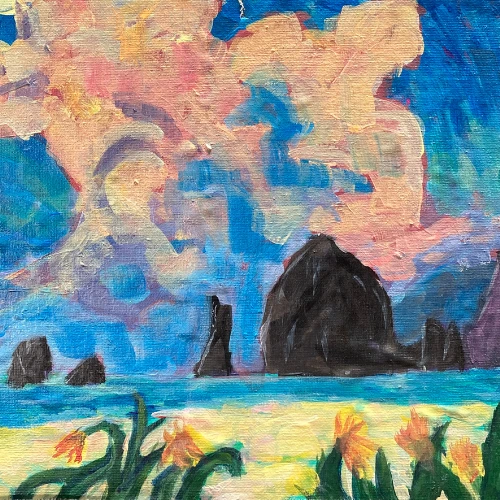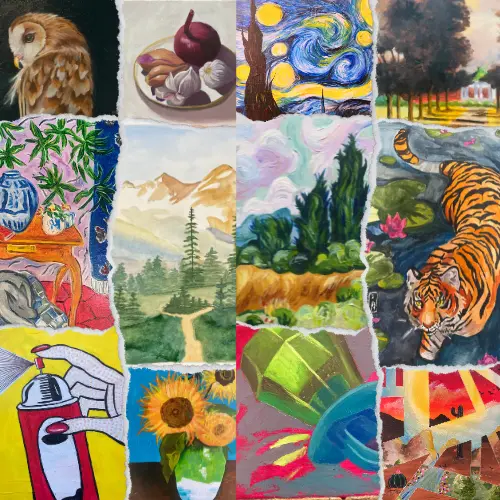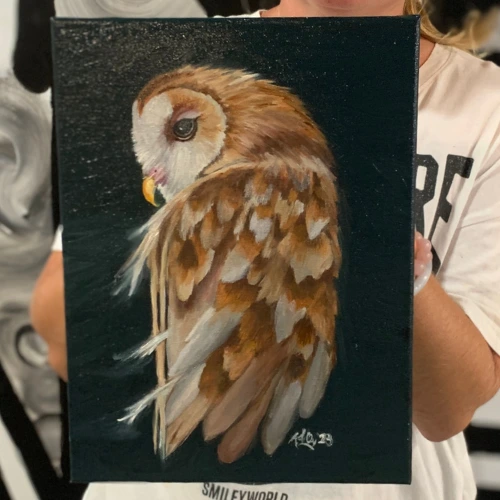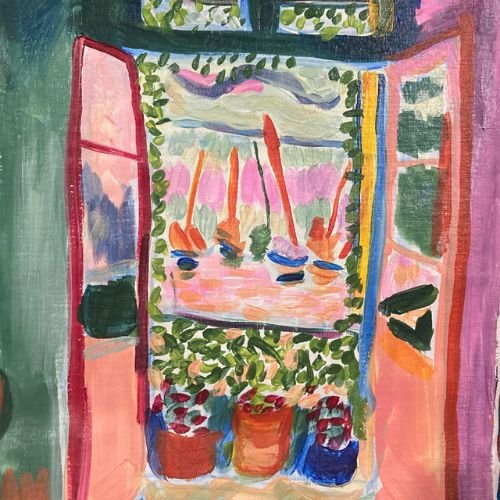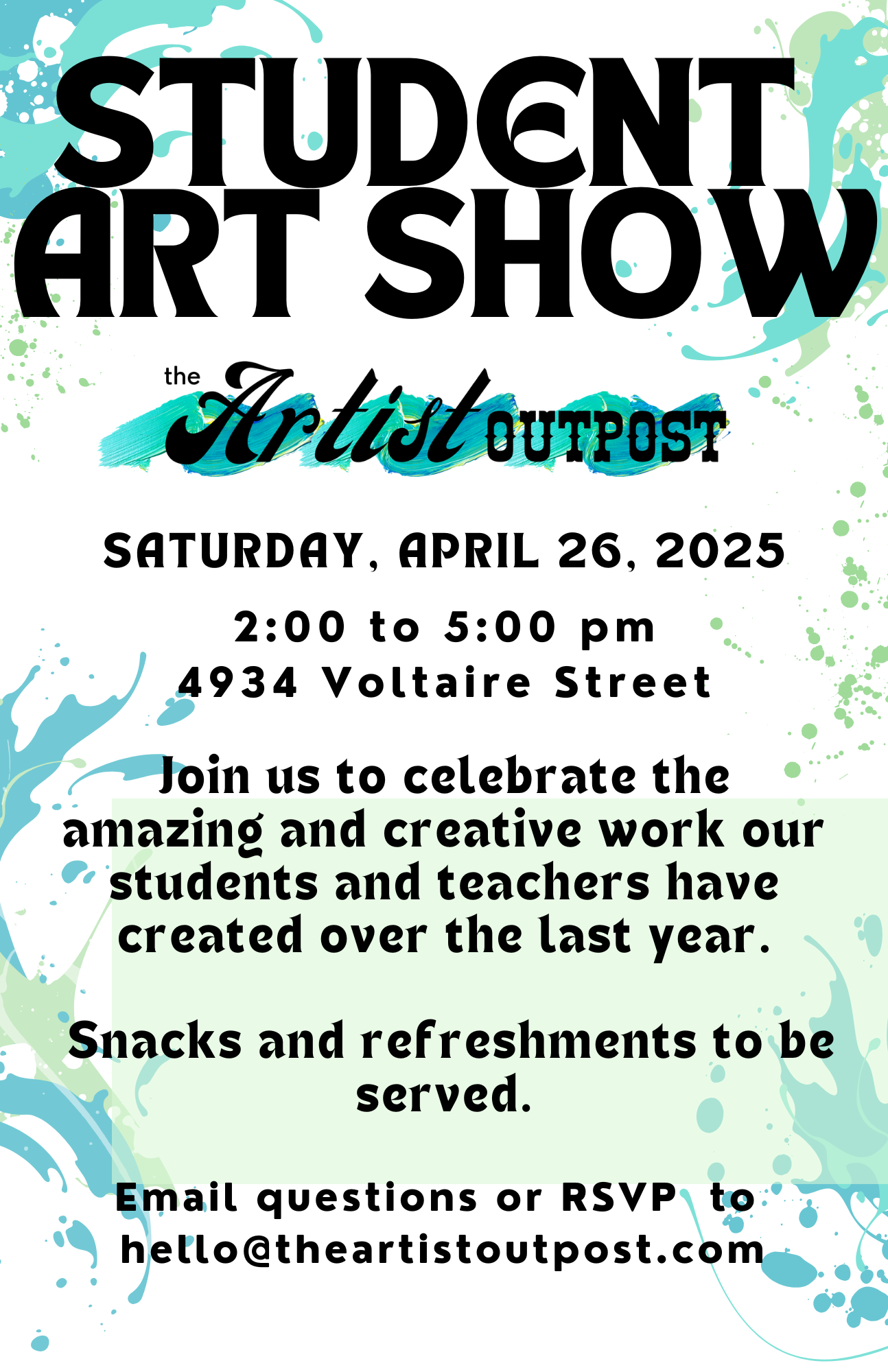Exploring Watercolor Techniques: From Washes to Wet-on-Wet
At The Artist Outpost, we believe that every brushstroke tells a story—and watercolor is one of the most expressive ways to begin yours. Whether you’re brand new to painting or looking to refine your style, exploring different watercolor techniques opens up a world of creative possibilities. From soft backgrounds to sharp details, watercolor is all about learning how to guide the flow—literally.
In this guide, we’re diving deep into 11 essential watercolor techniques that every artist should know. You’ll learn how each method works, when to use it, and how to build your own style from the ground up. So grab your brushes and let’s explore the magic of watercolor together!
What Makes Watercolor So Unique?
Before we get into the specific watercolor techniques, let’s talk about what makes watercolor such a powerful medium. Unlike acrylic or oil, watercolor is transparent, fluid, and highly reactive to water. This gives you the freedom to create dreamy washes, sharp details, or spontaneous effects that make every piece feel alive.
Watercolor is also lightweight and portable, making it ideal for plein air painting or creative getaways—like the ones we host in sunny Ocean Beach. If you’re ready to explore the full range of expression watercolor offers, mastering these foundational watercolor techniques is your first step.
1. Flat Wash
A flat wash is the base of most watercolor paintings and one of the first watercolor techniques beginners learn. It involves applying an even layer of diluted color across the paper. It’s great for backgrounds, skies, or large blocks of color.
How to Do It:
- Wet your brush with plenty of pigment and water.
- Apply in smooth horizontal strokes.
- Reload your brush often to keep the wash consistent.
- Slightly tilt the paper for better flow.
Pro Tip: Practice flat washes with different colors to understand pigment transparency and control.
2. Graded Wash
A graded wash shifts from dark to light (or color to color), adding depth and drama to your work. This is one of the most satisfying watercolor techniques once you get the hang of it.
How to Do It:
- Start like a flat wash but gradually add more water to your brush.
- Let gravity help the color fade as you move downward.
- Keep the paper wet and your hand steady.
Use it for: Skies at sunset, rolling hills, or moody shadows.
3. Wet-on-Wet
One of the most exciting and unpredictable watercolor techniques is wet-on-wet. It’s exactly what it sounds like: applying paint to a wet surface.
Why We Love It: This method creates soft blends, dreamy edges, and unexpected textures.
How to Do It:
- Pre-wet your paper with clean water.
- Drop in color and watch it spread like magic.
- Layer in more hues for complex effects.
It’s perfect for backgrounds, clouds, or abstract expression.
4. Wet-on-Dry
When you want more control over your shapes, the wet-on-dry watercolor technique is your best friend. Paint is applied to dry paper, producing sharp lines and clean edges.
When to Use It: Outlines, lettering, and detailed work.
How to Do It:
- Load your brush with color.
- Apply directly to dry paper or on top of a dry wash.
- Adjust brush pressure for thicker or thinner lines.
This technique is especially great when you combine it with wet-on-wet for contrast.
5. Dry Brush
This expressive watercolor technique adds texture and personality. With a drier brush and less water, your strokes will appear scratchy and textured—great for fine details or grungy effects.
Use it for: Fur, grass, bark, or texture in fabric.
How to Do It:
- Blot your brush after dipping it in pigment.
- Use quick, directional strokes.
- Avoid reloading too soon.
This method gives character to your painting and is perfect for layered works.
6. Lifting
Did you know you can erase with watercolor? Lifting is a must-know watercolor technique where you remove pigment from the paper using a brush, sponge, or paper towel.
Perfect For: Highlights, clouds, or fixing mistakes.
How to Do It:
- While the paint is wet, dab with a paper towel or clean brush.
- On dry paint, rewet the area slightly, then lift.
- Be gentle to avoid damaging the paper.
7. Glazing
This is the secret to depth and richness. Glazing is one of the most advanced watercolor techniques, involving the layering of transparent colors.
Why It Works: Each layer changes the tone and intensity without covering up the previous one.
How to Do It:
- Apply a light wash and let it dry completely.
- Paint over with another transparent color.
- Repeat as needed for complexity.
Hot Tip: Keep layers light and let each dry fully for best results.
8. Splattering
Want to add movement and spontaneity? This energetic watercolor technique creates a playful, unpredictable look.
Use it for: Stars, snow, sand, or fun abstract effects.
How to Do It:
- Load a brush with watery paint.
- Flick or tap it onto the paper using your finger or another brush.
- Use a toothbrush for fine splatter.
You’ll get different results depending on brush type and distance from the paper.
9. Salt Texture
This is one of the most loved watercolor techniques for adding texture. Salt reacts with wet paint to create crystalline effects.
How to Do It:
- Apply a juicy wash.
- While still wet, sprinkle table salt.
- Let it dry completely, then brush off the salt.
It’s a fun and experimental technique that kids and adults love alike!
10. Masking
This pro-level watercolor technique lets you preserve white or light areas while painting freely around them.
How to Do It:
- Apply masking fluid to areas you want untouched.
- Paint freely.
- Once dry, peel off the masking for crisp highlights.
Use it for: Light reflections, lettering, or complex shapes.
11. Blooming
Also known as backruns or cauliflowers, blooming is when paint spreads into a wet area and creates unexpected patterns.
Why It’s Cool: While often seen as a mistake, many artists use this watercolor technique for texture and visual interest.
How to Do It Intentionally:
- Paint a damp wash.
- Drop in wetter paint or water.
- Watch as the bloom creates organic patterns.
Watercolor Techniques FAQs
What are the three main types of watercolor techniques?
Flat washes, wet-on-wet, and wet-on-dry are considered the foundational watercolor techniques for any beginner.
How do I control the water in watercolor painting?
Practice is key! Use a test sheet to see how your brush holds water and pigment, and don’t be afraid to experiment.
Can you fix mistakes in watercolor?
Yes—use lifting techniques, layering, or even masking fluid ahead of time to prevent them.
Do I need special paper for watercolor?
Definitely! Cold-pressed or hot-pressed watercolor paper (140 lb or more) helps support the fluid nature of watercolor techniques without buckling.
Want Hands-On Practice?
Reading about these watercolor techniques is a great start—but nothing beats trying them yourself! Whether you’re just starting out or looking to sharpen your skills, our Painting Classes in San Diego offer a supportive space to experiment, explore, and grow. Our instructors tailor each class based on student interest, which means we teach the techniques you’re actually excited about.
If you’re new to painting, we also recommend checking out our blog post: 7 Must-Know Secrets to Master Painting for Beginners (Even If You’ve Never Picked Up a Brush!). It’s a helpful read before diving into classes!
Final Thoughts: Let Watercolor Lead the Way
Mastering watercolor techniques isn’t about getting everything perfect. It’s about learning how to let go, follow the flow, and embrace the beauty of unpredictability. Every brushstroke is part of your journey—and we’re here to cheer you on every step of the way.
At The Artist Outpost in Ocean Beach, San Diego, we believe art is for everyone. Whether you’re exploring on your own or joining a class, we’re excited to help you unlock your creative potential.

